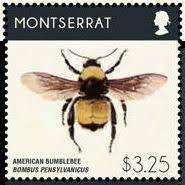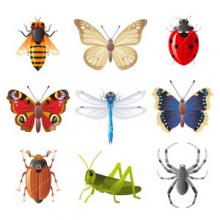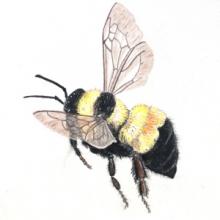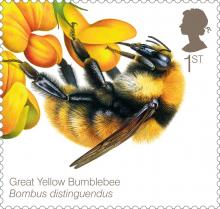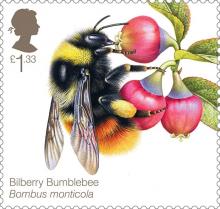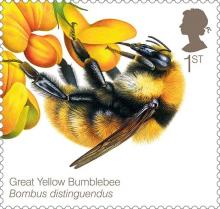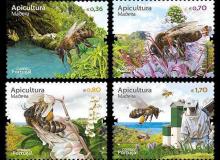Disappearing bumblebee species under threat of extinction
The American Bumblebee—a species once more commonly seen buzzing around Southern Ontario—is critically endangered, according to a new study led by York University. The finding, published in Journal of Insect Conservation, found the native North American species, Bombus pensylvanicus, is facing imminent extinction from Canada, considered the highest and most at-risk classification before extinction.

